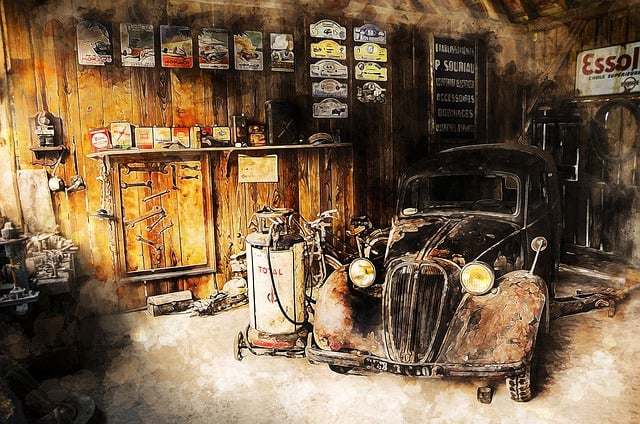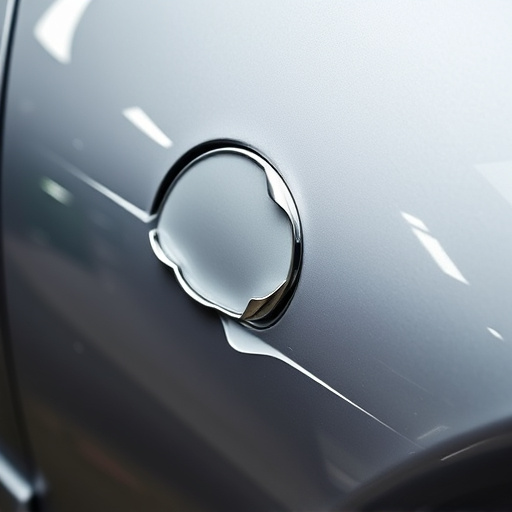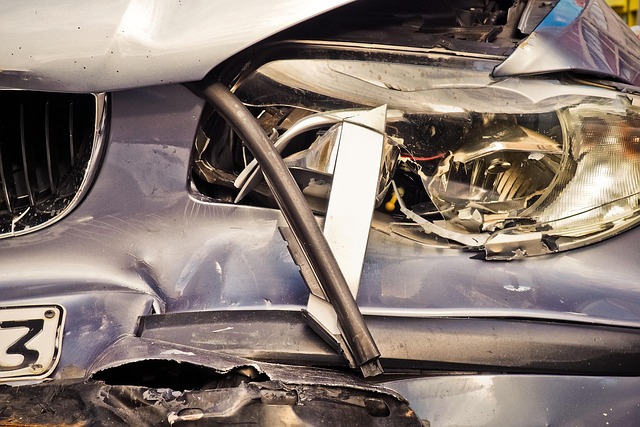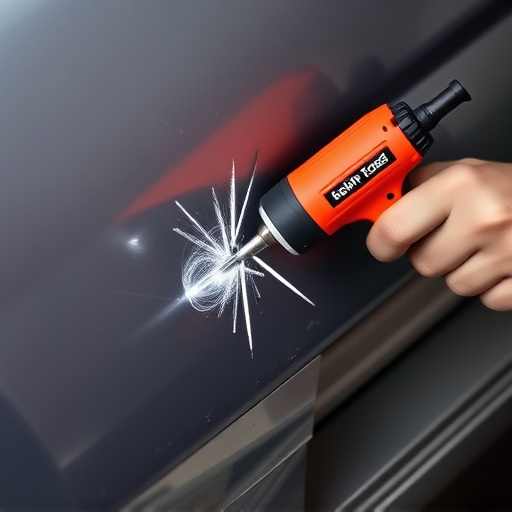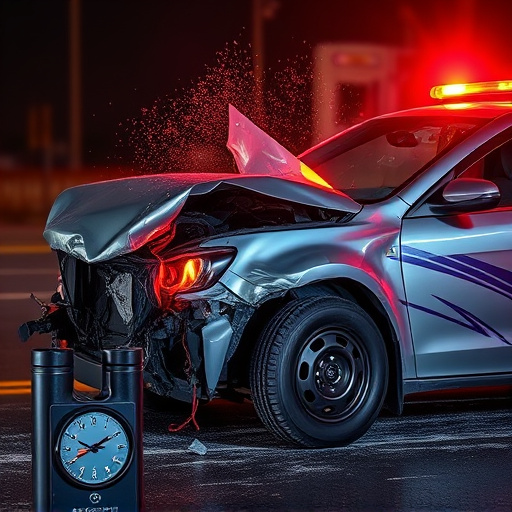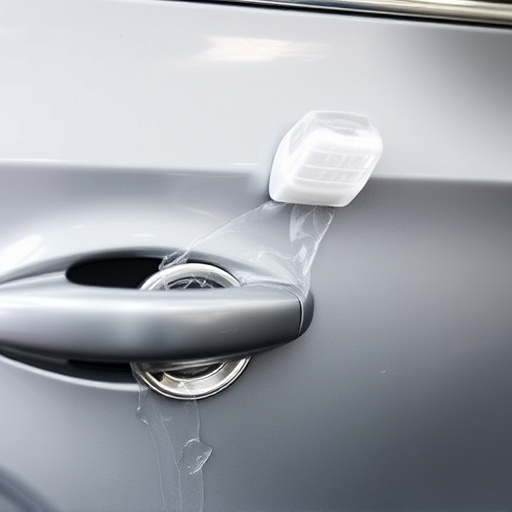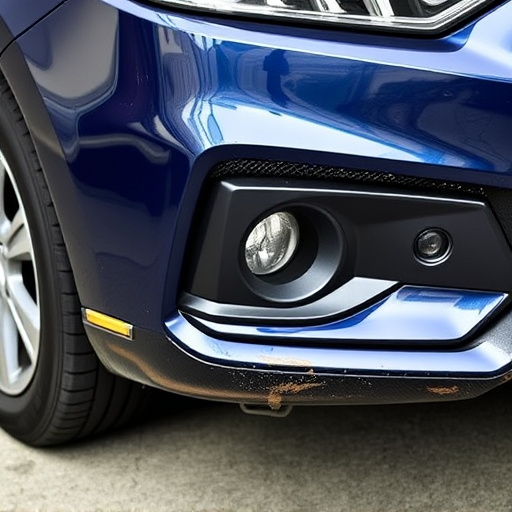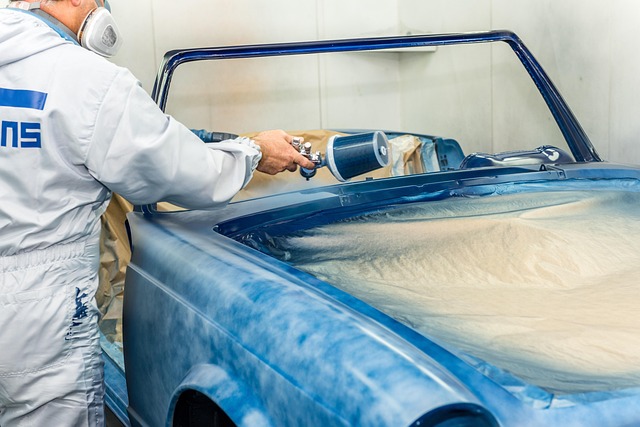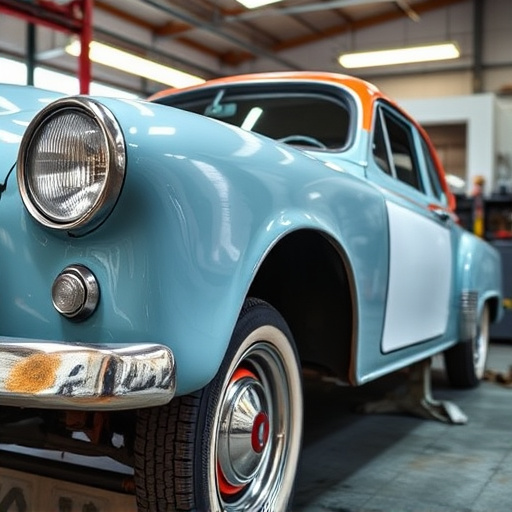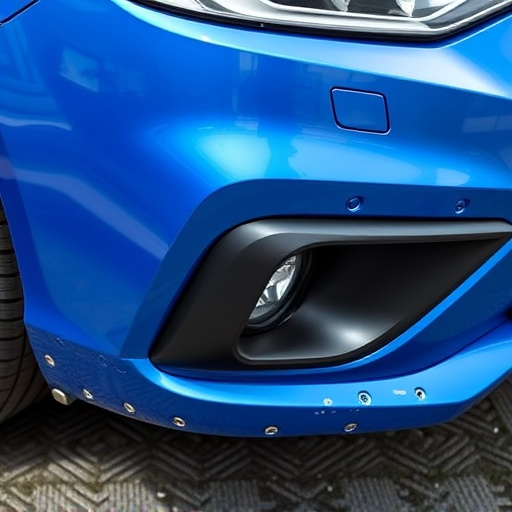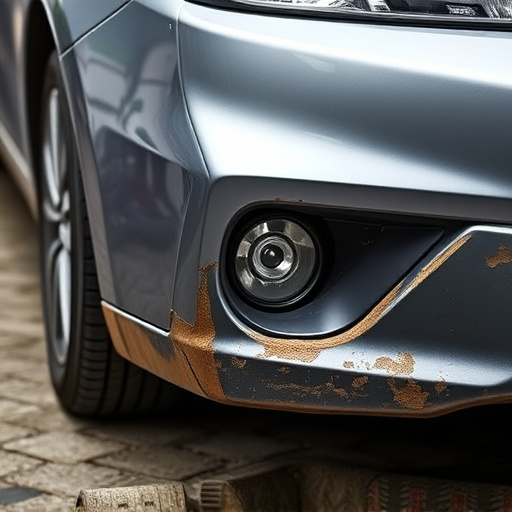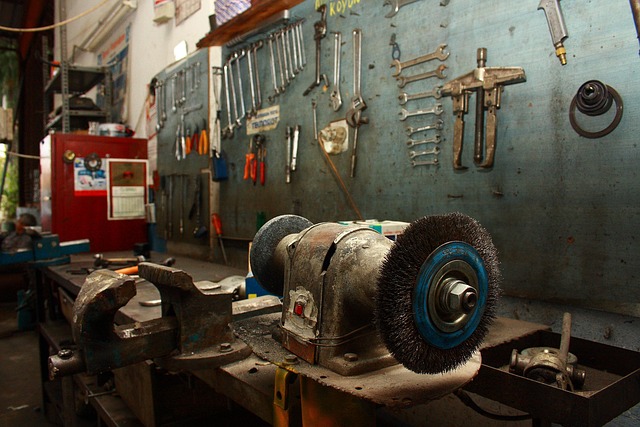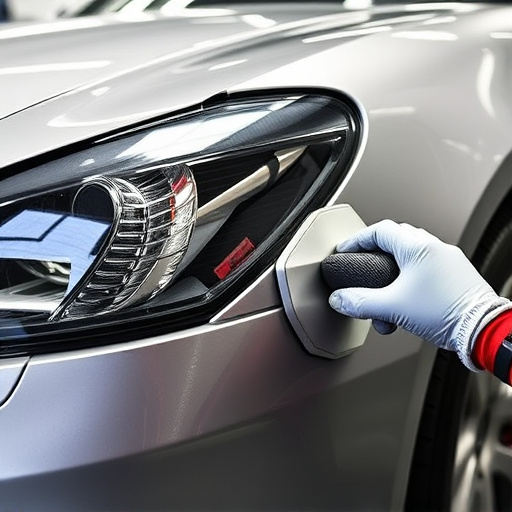Unibody frame repair is a cutting-edge automotive service that restores and realigns vehicle structures, particularly after accidents, by working with an integrated body-chassis system. This method preserves original equipment, minimizes metal fabrication, enhances safety ratings, maintains performance, and improves aesthetics, ultimately increasing vehicle value. Driven by higher safety standards and historical authenticity considerations, unibody frame repair has revolutionized automotive safety and dynamics, offering a comprehensive solution that combines structural integrity restoration with cosmetic enhancements.
Safety concerns are increasingly driving demand for unibody frame repair as vehicles become more complex and lightweight. This innovative repair method, which focuses on repairing and reinforcing the structural backbone of a vehicle, addresses critical safety standards. With advancements in materials science and precision engineering, unibody frame repair offers a cost-effective solution for restoring structural integrity without compromising safety. Understanding these key safety concerns is essential to appreciating the growing significance of unibody frame repair in the automotive industry.
- Understanding Unibody Frame Repair: The Basics and Its Rise
- Key Safety Concerns Driving the Demand for Unibody Frame Repair
- The Impact of Unibody Frame Repair on Automotive Safety Standards
Understanding Unibody Frame Repair: The Basics and Its Rise
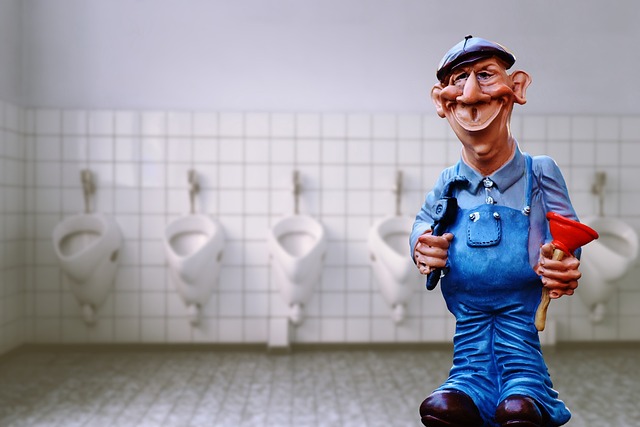
Unibody frame repair is a specialized service that has gained significant traction in the automotive industry. At its core, unibody frame repair involves the meticulous process of restoring and realigning vehicle structures, particularly after damage or accidents. Unlike traditional frame straightening methods, unibody systems use a single, integrated structure that encompasses both the body and chassis, simplifying repairs and enhancing structural integrity. This approach is increasingly favored due to its ability to preserve original equipment and minimize metal fabrication, resulting in more cost-effective and reliable auto repair services.
The rise of unibody frame repair can be attributed to several factors. Modern vehicles are designed with lightweight materials and advanced safety features, making them more complex but also more susceptible to damage during accidents. As a result, traditional frame straightening techniques may not adequately address the structural integrity of these contemporary cars. Unibody frame repair offers a comprehensive solution by precisely realigning components, ensuring the vehicle maintains its original safety ratings and performance characteristics. Moreover, this method is crucial for achieving flawless vehicle dent repair and car body restoration, enhancing both the aesthetics and overall value of the vehicle.
Key Safety Concerns Driving the Demand for Unibody Frame Repair
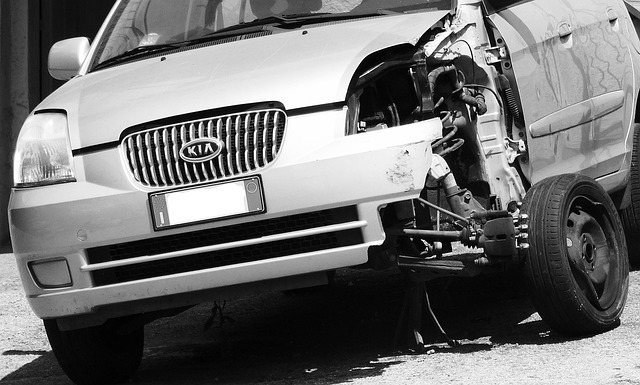
The demand for unibody frame repair services is significantly driven by a growing awareness of safety standards in the automotive industry. One of the primary concerns is ensuring structural integrity after a vehicle collision repair, as the unibody, or monocoque, framework is vital to protecting occupants during accidents. Any damage or misalignment can compromise the overall safety of the vehicle, leading to increased risks for drivers and passengers.
Additionally, the precision required in unbody frame repair ensures that the vehicle retains its original structural design and performance capabilities. This is particularly important for car restoration enthusiasts who seek to preserve the historical authenticity and driving dynamics of vintage vehicles. Unlike traditional frame repairs, which can be more forgiving, unibody frame repair demands a high level of skill and specialized equipment to achieve accurate alignments and precise adjustments, thereby enhancing both safety and vehicle value.
The Impact of Unibody Frame Repair on Automotive Safety Standards
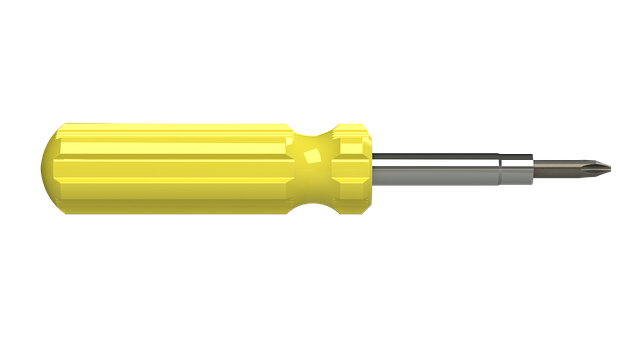
The introduction of unibody frame repair has significantly enhanced automotive safety standards, addressing critical weaknesses in traditional vehicle construction. Unibody frames, a unified structure that combines the chassis and body panels into a single unit, offer several advantages over separate components. This innovative design reduces weight, improving overall vehicle dynamics and handling. Furthermore, the seamless integration of unibody frames provides greater structural integrity during automotive collisions, minimizing the risk of frame separation or misalignment – issues that can compromise safety.
This advanced repair technique plays a pivotal role in ensuring optimal vehicle performance and passenger protection post-collision. Skilled technicians employ specialized tools and methods to realign and straighten unibody components without compromising their structural integrity. As a result, vehicles undergoing unibody frame repair can return to their pre-accident condition, maintaining safety standards that are paramount for both new and restored vehicles. This is particularly relevant in the context of automotive collision repair, where efficient and effective unibody frame repairs not only restore aesthetics but also safeguard drivers and passengers. Moreover, compared to traditional paintless dent repair techniques focusing solely on surface restoration, unibody frame repair encompasses a more holistic approach, ensuring that structural integrity is restored alongside cosmetic enhancements, including car paint services when needed.
Unbody frame repair is gaining traction due to growing safety concerns and the need to meet stricter automotive safety standards. As vehicles become more complex, unibody construction offers enhanced structural integrity, making it a preferred choice for manufacturers and consumers alike. This innovative approach to vehicle design and repair addresses critical safety issues, ensuring better crash performance and passenger protection. With ongoing advancements in technology and materials science, unibody frame repair is poised to play an even more significant role in shaping the future of automotive safety.
